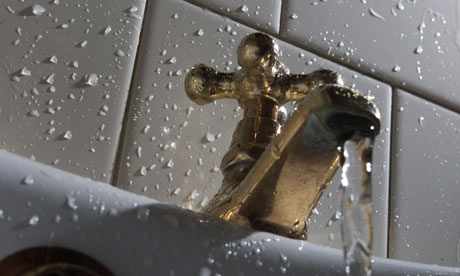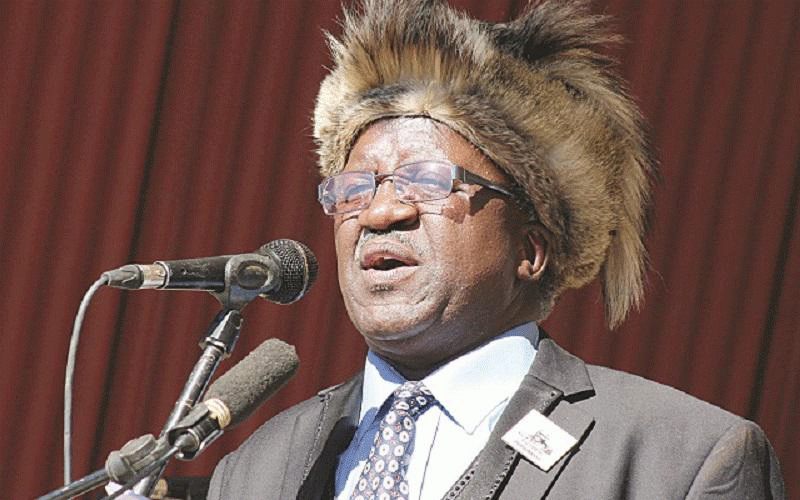
BULAWAYO City Council’s decision to lift the strict water rationing regime that had been in place for a number of years came as huge relief for the city’s long suffering residents.
Matabeleland South — the catchment area for Bulawayo’s six supply dams — has in the past two or so weeks received heavy rains that pushed water levels higher.
According to latest council statistics, the six supply dams now hold a combined 56, 94% of their normal capacity.
When the water rationing exercise was intensified mid-last year, water levels had fallen to around 40%.
Insiza, which is the largest suppler is 70, 1% full, Inyankuni (13%), Mtshabezi (99%), Upper Ncema (42, 4%), Lower Ncema (57, 4%) and Umzingwane (50, 9%).
Council has also revealed that inflows recorded since Tuesday last week translate to about 10% of the dams’ combined carrying capacity of about 414 million cubic metres.
Bulawayo has endured water shortages for a long time and this has resulted in massive company closures and job losses.
The only reason Bulawayo has not been visited by deadly water borne diseases like cholera, typhoid and dysentery that have ravaged cities such as Harare and Chitungwiza is because the city is well-managed.
- Chamisa under fire over US$120K donation
- Mavhunga puts DeMbare into Chibuku quarterfinals
- Pension funds bet on Cabora Bassa oilfields
- Councils defy govt fire tender directive
Keep Reading
Therefore, residents are justified to celebrate the lifting of water rationing.
However, we have to be alive to the fact that the city’s dams are not yet full.
Only Mtshabezi Dam can be said to be full while dams such as Inyankuni and Upper Ncema are still way below 50%. What this means is that Bulawayo remains a water shortage area.
The city fathers should be careful in how they put the message about lifting of water rationing across.
It can certainly, not be a licence for residents to start using water irresponsibly again.
Council saw it prudent in its wisdom to end the restrictions on water consumption but in our view this was done prematurely.
Bulawayo’s water reserves still remain low, but not as critically as was the case in the past few years.
Residents and industry still have to use water sparingly to avoid the city plunging into a crisis again.
Council should also not be tempted to slow down on its water conservation programmes because it is clear from the local authority’s own statistics that the worst is not over yet.










